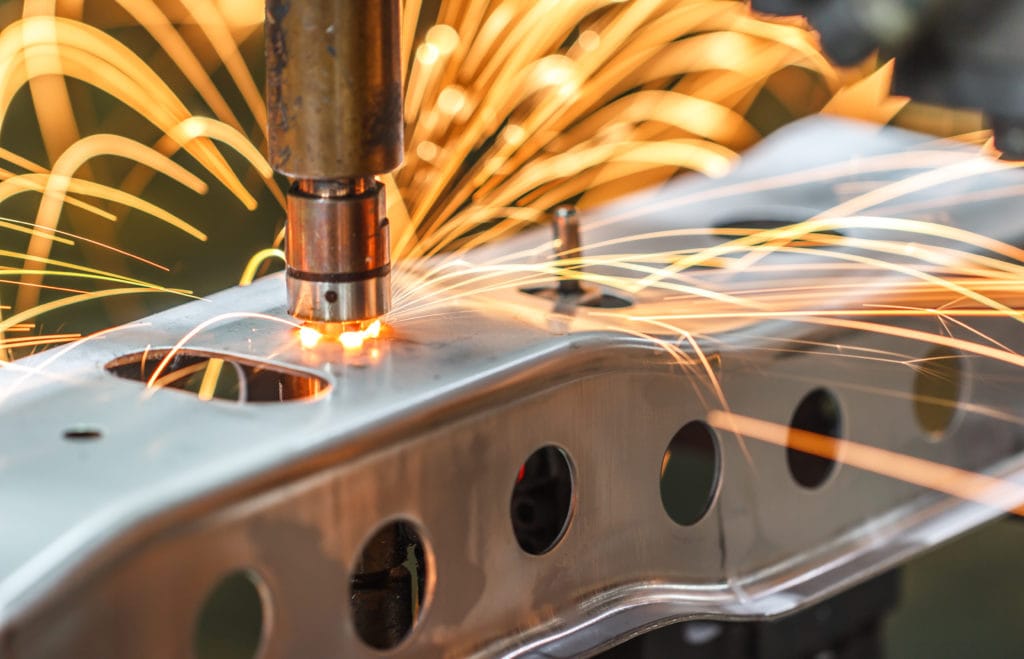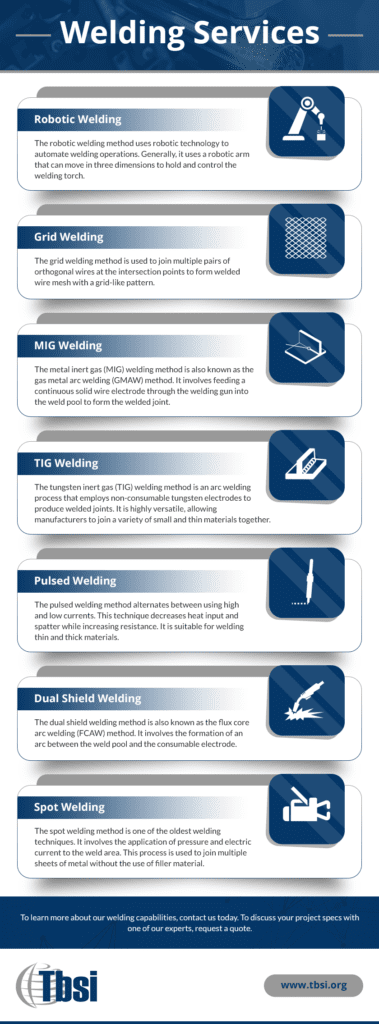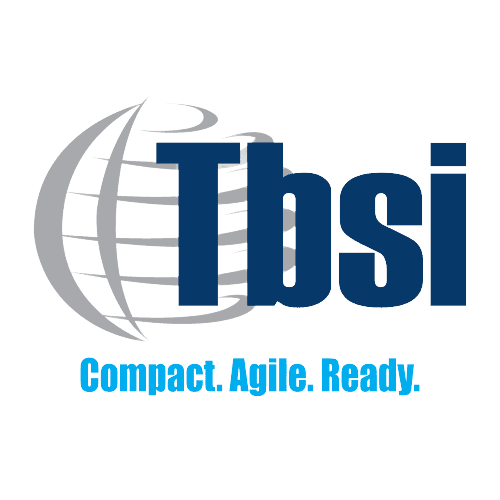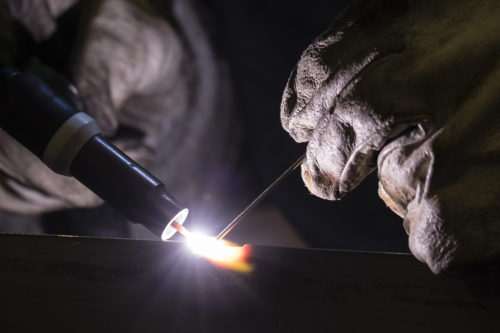 At Taylor Business Strategies, Inc. (TBSI), we specialize in providing manufacturing solutions to companies facing production constraints. One of our core service offerings is welding, a manufacturing process that uses heat and/or pressure to join separate pieces of metal into a single assembly. We maintain a range of welding capabilities to suit different customer needs, including robotic welding, grid welding, MIG welding, TIG welding, pulsed welding, dual shield welding, and spot welding.
At Taylor Business Strategies, Inc. (TBSI), we specialize in providing manufacturing solutions to companies facing production constraints. One of our core service offerings is welding, a manufacturing process that uses heat and/or pressure to join separate pieces of metal into a single assembly. We maintain a range of welding capabilities to suit different customer needs, including robotic welding, grid welding, MIG welding, TIG welding, pulsed welding, dual shield welding, and spot welding.
REQUEST A QUOTE
Robotic Welding
The robotic welding method uses robotic technology to automate welding operations. Generally, it uses a robotic arm that can move in three dimensions to hold and control the welding torch. Compared to manual welding methods, it offers increased accuracy, enhanced safety, and reduced production time.
Grid Welding
The grid welding method is used to join multiple pairs of orthogonal wires at the intersection points to form welded wire mesh with a grid-like pattern. The individual wires are guided through the welding machines using a pattern board to ensure they are positioned correctly. The final welded assembly finds application in a wide range of industries and applications.
MIG Welding
The metal inert gas (MIG) welding method is also known as the gas metal arc welding (GMAW) method. It is a quick and cost-efficient welding solution for many metals. It involves feeding a continuous solid wire electrode through the welding gun into the weld pool to form the welded joint. The addition of a shielding gas protects the weld pool from contamination.
TIG Welding
The tungsten inert gas (TIG) welding method is an arc welding process that employs non-consumable tungsten electrodes to produce welded joints. It is highly versatile, allowing manufacturers to join a variety of small and thin materials together. It is commonly used for mechanical systems and other components that require high-quality welds.
Pulsed Welding
The pulsed welding method alternates between using high and low currents. This technique decreases heat input and spatter while increasing resistance. It is suitable for welding thin and thick materials.
Dual Shield Welding
The dual shield welding method is also known as the flux core arc welding (FCAW) method. It involves the formation of an arc between the weld pool and the consumable electrode. The weld pool is protected both by a flux within the electrode and an externally supplied shielding gas.
Spot Welding
The spot welding method is one of the oldest welding techniques. It involves the application of pressure and electric current to the weld area. After the material begins to melt, the current is turned off, but the pressure is maintained until the joint solidifies. This process is used to join multiple sheets of metal without the use of filler material. Steel is commonly utilized in spot welding operations due to its low thermal conductivity and high electrical resistance.
Welding Solutions From TBSI
Facing production constraints in your next welding project? TBSI is here to help! By working with a vast network of suppliers and leveraging volume pricing on raw materials, we can offer welding solutions at competitive prices with quick lead times. To learn more about our welding capabilities, contact us today. To discuss your project specs with one of our experts, request a quote.

